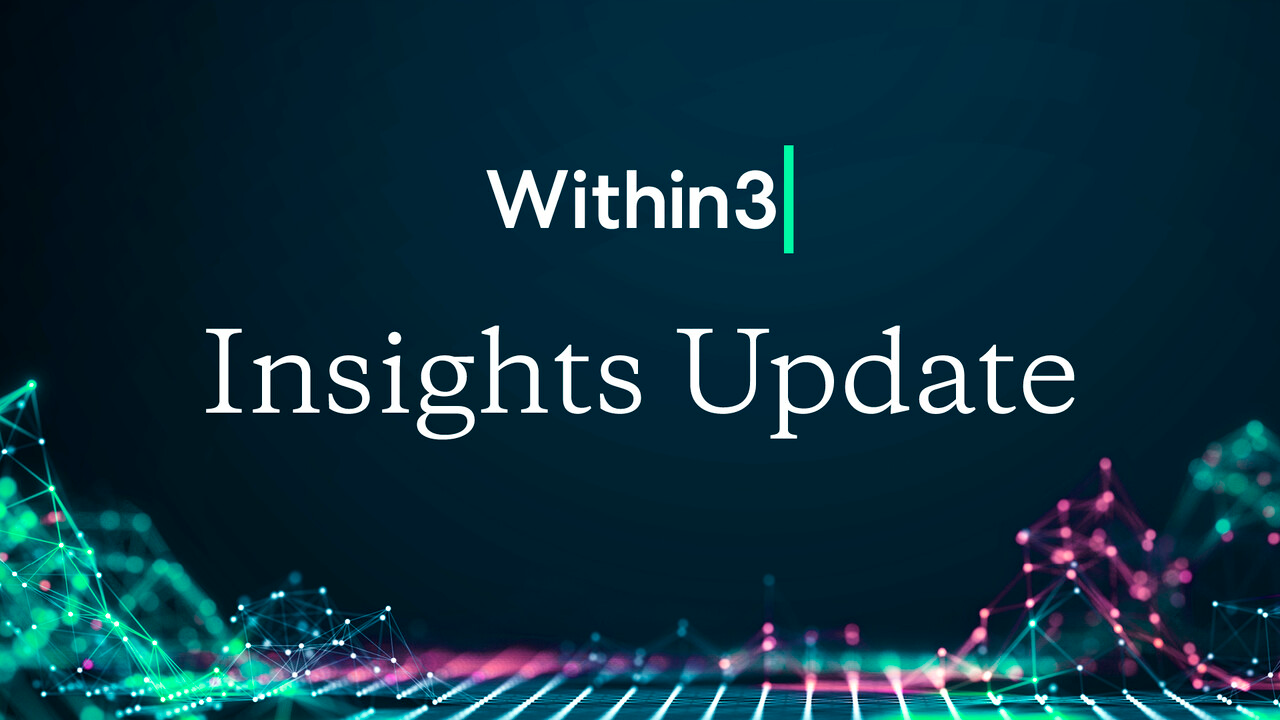
July 2024: Maximizing Insights & Reducing Bias
This is the third issue of our LinkedIn-exclusive newsletter, bringing you everything we deliver via email plus a little extra each month. You can always opt to get updates directly to your email inbox – subscribe here.
In this issue:
?? Capturing the value of unscripted insights using social monitoring
?? Understanding and avoiding bias in Insights Reporting
?? Utilizing AI-supported insights to improve therapy performance
?? New E-Book: Choosing the right social monitoring solution for pharma insights
?? Capturing the value of unscripted insights using social monitoring
Public conversations contain a wealth of potentially valuable information for pharma teams, who can use technology to ensure they’re capturing unscripted conversations in a compliant and effective way.
Social networks are now places where disease communities come together and discuss their experiences. Pharma teams can tap into these discussions through social monitoring, a legitimate scientific exchange to:
“People are comfortable sharing how they were diagnosed, how they’re managing their condition, what they’re taking, what’s worked and what hasn’t. And people are going to social media to get that information,” said Caroline Schaffrath Demarco, MS, MBS , Director of Insights Strategy and Innovation at Within3 .
Outside of social listening, unprompted insights can be collected alongside structured feedback, such as through open-text fields in surveys, questionnaires, or virtual advisory boards.
Using insights from unprompted conversations as part of your insights management process can strengthen your ability to make decisions and be more agile when navigating complex topics. Integrating these unexpected contributions into your insights reporting results in a more complete view of your disease community, market behavior analysis, or other projects. Read more >>
领英推荐
?? Understanding and avoiding bias in Insights Reporting
New research from Reuters Events Pharma and Within3 revealed that 60% of medical affairs leaders said bias could be an issue when reporting on or sharing the results of insight-gathering activities. What are the causes of – and some potential solutions for – bias in insights reporting?
“There are two places where bias sneaks in,” says Lance Hill , Within3 CEO. “One is when data is gathered.” The second place bias can occur, says Hill, is “more insidious.”
One way to overcome human nature? Let technology help with tasks that are particularly susceptible to bias. Read more >>
?? Utilizing AI-supported insights to improve therapy performance
A medical affairs team was charged with understanding why adoption of a chronic disease treatment with superior clinical results had been slower than expected.
Within3 worked with the head of medical affairs to implement an AI-supported insights management process. Using Within3’s Insights Reporting, the medical affairs team could integrate and collectively analyze data from multiple sources, including field data, clinical trial data, advisory boards, and social listening.
The result? The team extended market share by >40% and saved hundreds of hours of internal time. Read their story >>
?? New E-Book: Choosing the right social monitoring solution for pharma insights
Explore what social monitoring is and discover the value it can offer to your team. Read real-world applications of social monitoring and learn how you can choose a social monitoring solution that works for you. Unlock now >>